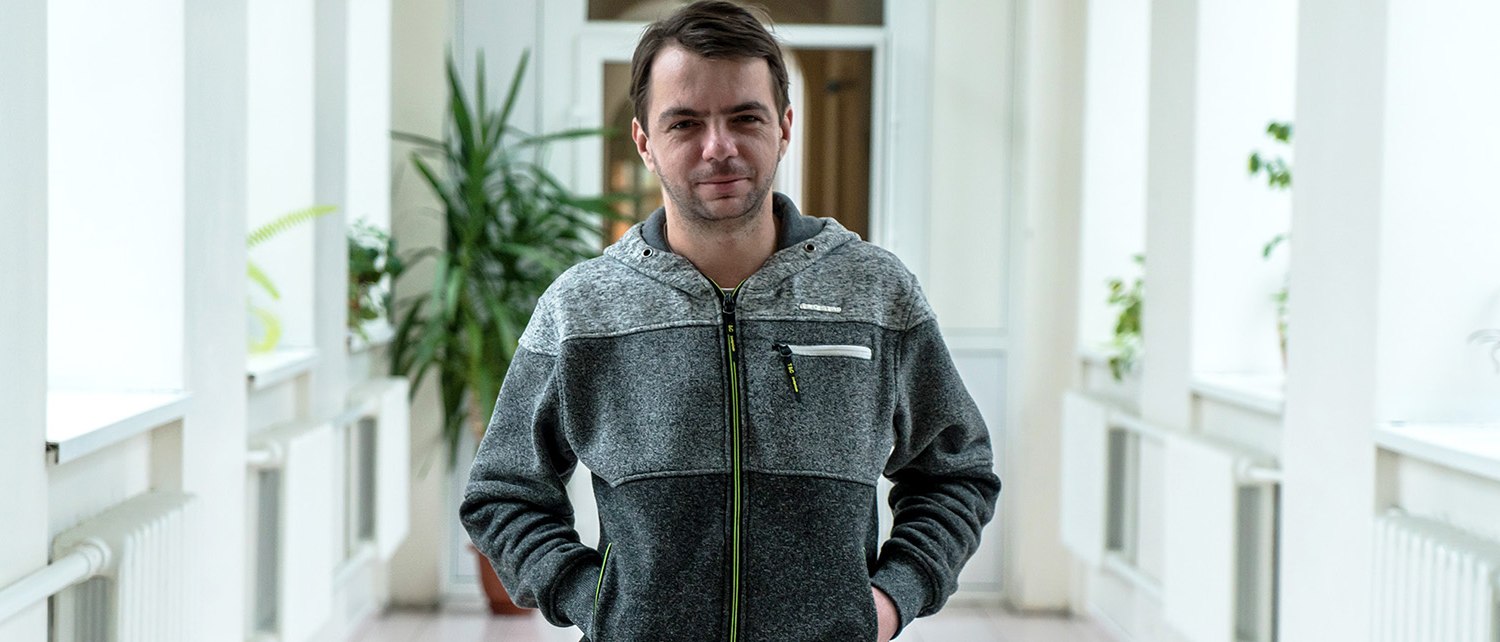NEW YORK (March 24, 2024)—Today is World TB Day, the anniversary of when, in 1882, Dr. Robert Koch announced his discovery of the bacterium that causes tuberculosis (TB). Sadly, and unacceptably, 140 years later, approximately 2 billion people are infected with the TB bacillus, 10 million developed active disease and 1.3 million died from TB, according to the latest data from 2022.
The scope and intensity of the TB pandemic is in large part fueled by the lack of an effective, global commitment to finally End TB. We continue to be plagued by inadequate resources for both developing the necessary tools (diagnostics, therapeutics, and vaccines) and strengthening the healthcare systems that could undoubtedly put an end to this ancient scourge and relieve the suffering of millions around the world.
We are heartened, however, that in spite of the limited investments in TB, there has been significant progress in the battle to End TB. Multiple promising TB vaccine candidates are now in the clinical development pipeline; TB diagnosis can now be made accurately in a matter of minutes to hours; latent infection can now be treated in one month, drug-sensitive TB in four months and drug-resistant TB in six months. Perhaps the most impactful change has been in the dramatic improvement in the treatment of drug-resistant TB over the past several years.
The discovery and introduction of the novel, three-drug, all-oral regimen, BPaL, (bedaquiline, pretomanid, and linezolid) developed by TB Alliance to treat the vast majority of even the most highly resistant forms of TB have reduced treatment duration from 18 months or longer down to six months, reduced the pill burden from more than 14,000 pills down to about 750 over the course of treatment, and eliminated the need for painful and toxic injections. If someone had been diagnosed with one of these deadly forms of drug-resistant TB, it was seen as almost a death sentence. This innovative treatment changed that too – at the time of the initial testing of the BPaL regimen, cures rates for highly drug-resistant TB had been 20%. With BPaL, cure rates are over 90%. Remarkably, initial operational research under the LIFT-TB initiative, a multi-country cohort, reported a cumulative treatment success rate of 92.5%.
We have been fortunate that, along with a myriad of partners, we have spearheaded the fastest uptake of a new TB drug in modern history. By the end of 2023, more than 70 countries had ordered more than 40,000 shipments of pretomanid for use in the BPaL-based regimens. However, this is still woefully insufficient in the fight to End TB.
While we, and multiple partners and collaborators around the world, are dedicated to the fight, we simply do not yet have the resources needed to End TB. At the United Nations High-Level Meeting on TB this past September, member states pledged an unprecedented increase in funding for TB research and development, screening, prevention, and treatment services. These resources are urgently needed and commitments must be met.
Commitment, innovation, and action—the ingredients necessary to End TB. By working together, we can and must finally End TB.


